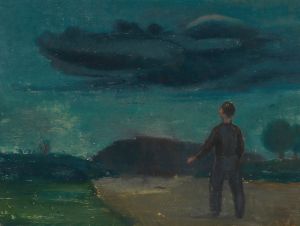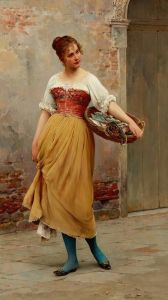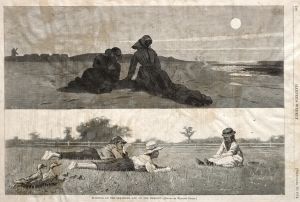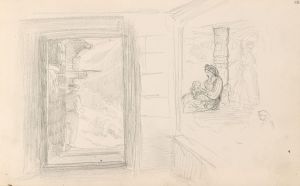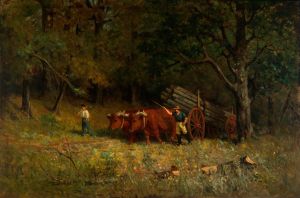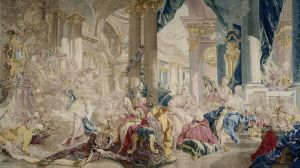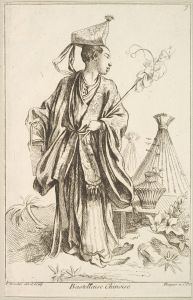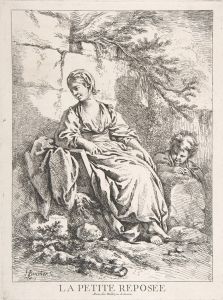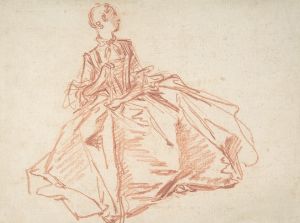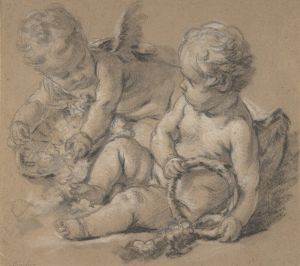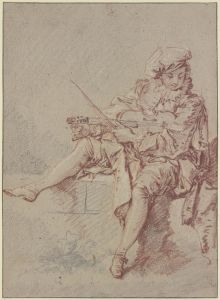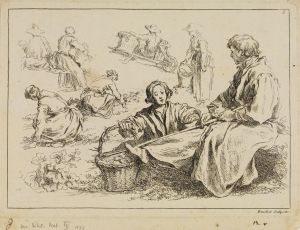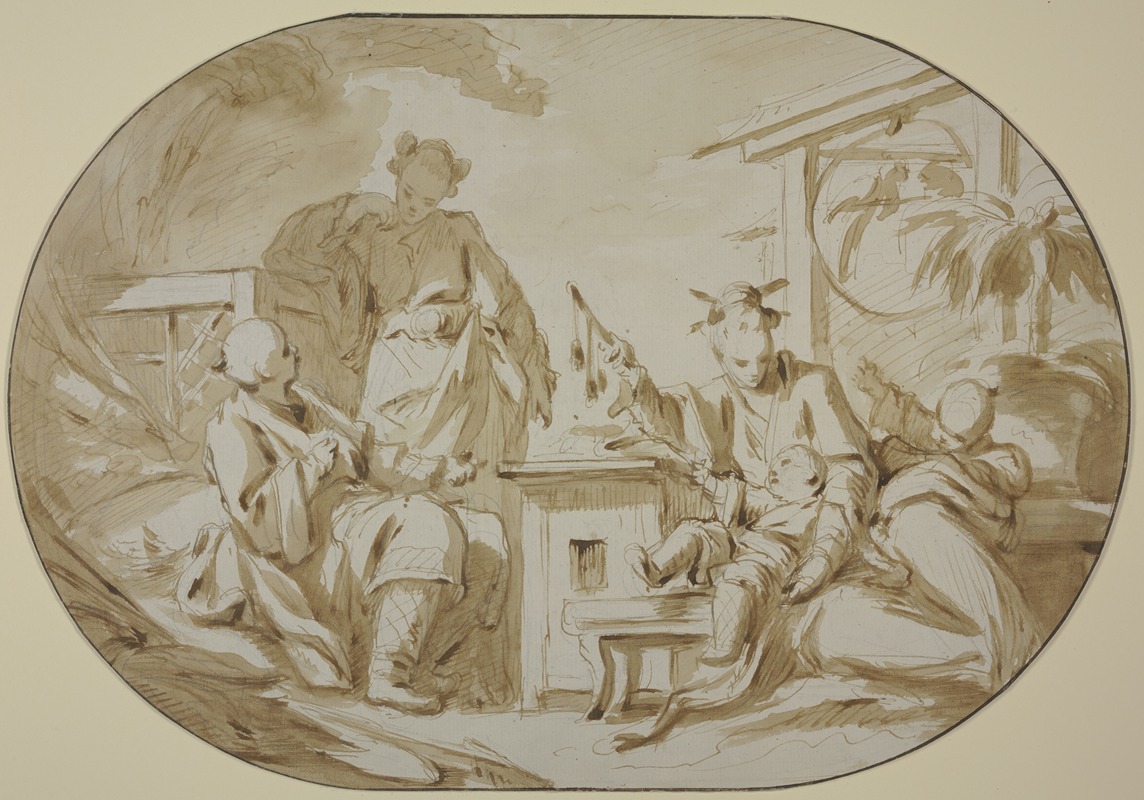
Chinese family scene
A hand-painted replica of François Boucher’s masterpiece Chinese family scene, meticulously crafted by professional artists to capture the true essence of the original. Each piece is created with museum-quality canvas and rare mineral pigments, carefully painted by experienced artists with delicate brushstrokes and rich, layered colors to perfectly recreate the texture of the original artwork. Unlike machine-printed reproductions, this hand-painted version brings the painting to life, infused with the artist’s emotions and skill in every stroke. Whether for personal collection or home decoration, it instantly elevates the artistic atmosphere of any space.
François Boucher, a prominent French painter of the 18th century, is renowned for his Rococo style, characterized by its playful themes, soft colors, and intricate details. Among his extensive body of work, Boucher created a painting titled "Chinese Family Scene," which reflects the European fascination with Asian culture during the period known as Chinoiserie.
Chinoiserie was a style that emerged in the 17th and 18th centuries, where European artists and craftsmen drew inspiration from Chinese art and design. This movement was fueled by the increased trade between Europe and Asia, which introduced exotic goods and artistic motifs to the Western world. Boucher, like many of his contemporaries, was captivated by these influences and incorporated them into his work.
"Chinese Family Scene" is a testament to this cultural exchange. The painting depicts a domestic scene that is imagined through a European lens, rather than an authentic representation of Chinese life. Boucher's work often included such imaginative interpretations, blending fantasy with elements borrowed from the East. This approach was typical of the Rococo period, which favored decorative art that was light-hearted and escapist.
In the painting, Boucher employs a soft color palette, with pastel hues that are characteristic of his style. The figures are elegantly dressed in what Europeans perceived as traditional Chinese garments, though these costumes are more reflective of European interpretations than actual Chinese attire. The setting is adorned with elements that suggest an exotic locale, such as stylized trees and architecture that hint at pagodas or other Asian structures.
Boucher's "Chinese Family Scene" is not just a depiction of a family but also a reflection of the 18th-century European imagination and its romanticized view of the East. The painting serves as an example of how European artists of the time engaged with foreign cultures, often through a lens of fantasy and idealization. This work, like many others from the Chinoiserie movement, reveals more about European tastes and perceptions than it does about the cultures it seeks to represent.
The painting is part of a broader trend in Boucher's work, where he frequently explored themes of leisure and pleasure, often set in idyllic, pastoral, or exotic settings. His ability to capture the imagination of his audience with such scenes made him a favorite among the French aristocracy, including Madame de Pompadour, the chief mistress of King Louis XV, who was one of his most significant patrons.
In summary, François Boucher's "Chinese Family Scene" is a notable example of the Chinoiserie style, reflecting the 18th-century European fascination with Asian culture. It showcases Boucher's skill in creating enchanting, decorative art that appealed to the tastes of his time, while also highlighting the imaginative interpretations that characterized the Rococo period.





